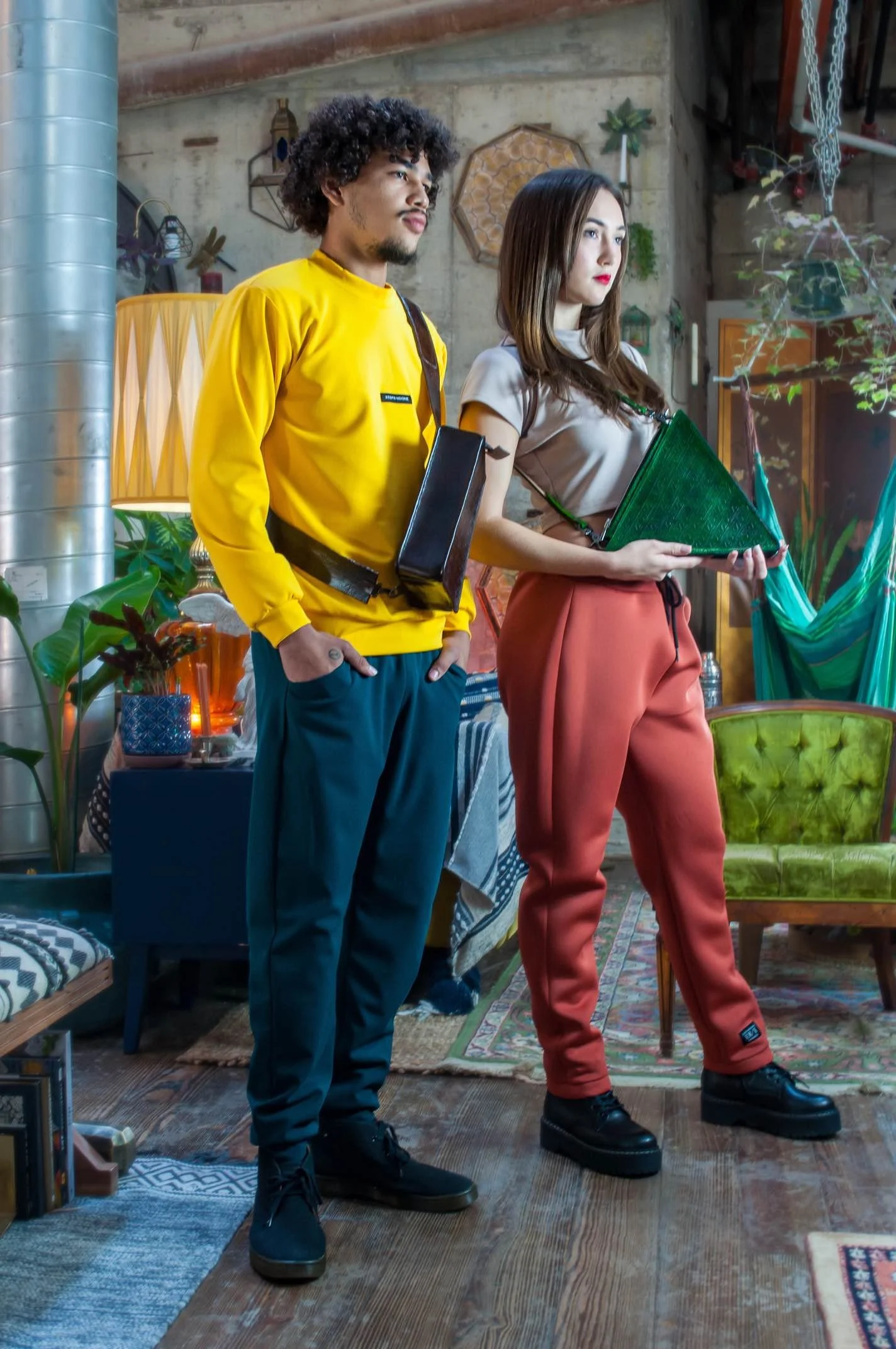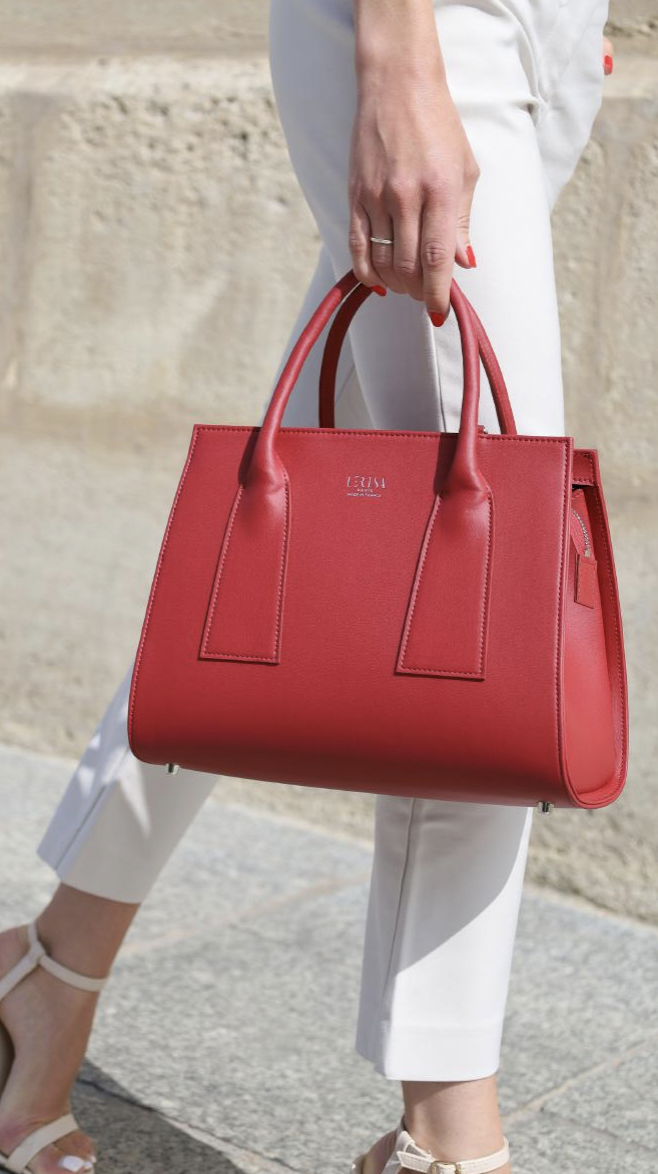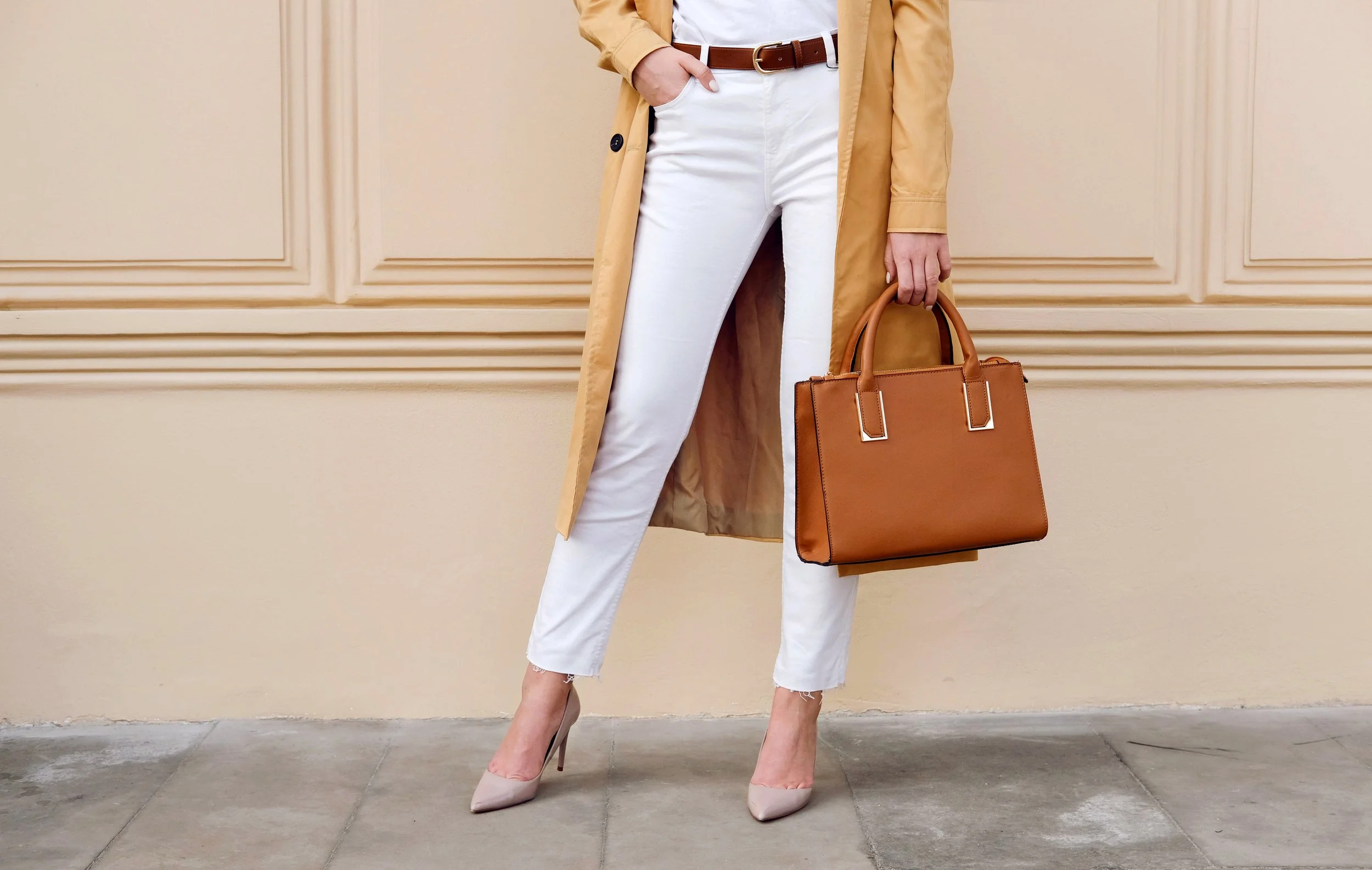Whether driving or taking public transport, it’s probably the least favorite part of your day. And who could blame you?
Read MoreBecause of the growing environmental concerns, sustainable fashion has become an inseparable part of our lives, allowing us to make conscious, environmentally friendly choices.
Read MoreTap to read…
Read MoreWith a steadfast commitment to sustainability, elegance, and quality, Lérisa sets a new standard for leather goods, underpinned by innovation and ecological responsibility.
Read MoreThe global leather products market will be worth more than $400 billion by the end of 2023, according to Market Research Future, demonstrating a constantly rising trend driven by increased demand and altering customer tastes.
Read MoreFor many years, bag crafters and designers have used leather for many reasons. Leather is a tough and durable material and has been readily available in the market.
Read MoreThere are a lot of variations in leather--from cowhide to sheepskin to snakeskin - each with its own pros and cons.
Read MoreLeather is a tricky one in the fashion industry. Some people boycott it while others covet it as an irreplaceable material to be used in everything from fast fashion trends to runway looks.
Read MoreThe U.S. leather industry purchases hides, which are natural by-products of meat and dairy consumption that would otherwise go to waste, and transforms them into durable, versatile and beautiful real leather products. However, the recent rise of synthetics in consumer products, and shift away from real leather, risk disrupting this critical recycling process and causing irreparable environmental damage.
Read MoreMinistry of Tomorrow (MOT) presents its classic collection of chic, non-leather bags that are made at the company’s flagship production facility in Nairobi, Kenya, located just outside of Kibera, Kenya’s largest slum.
Read More









